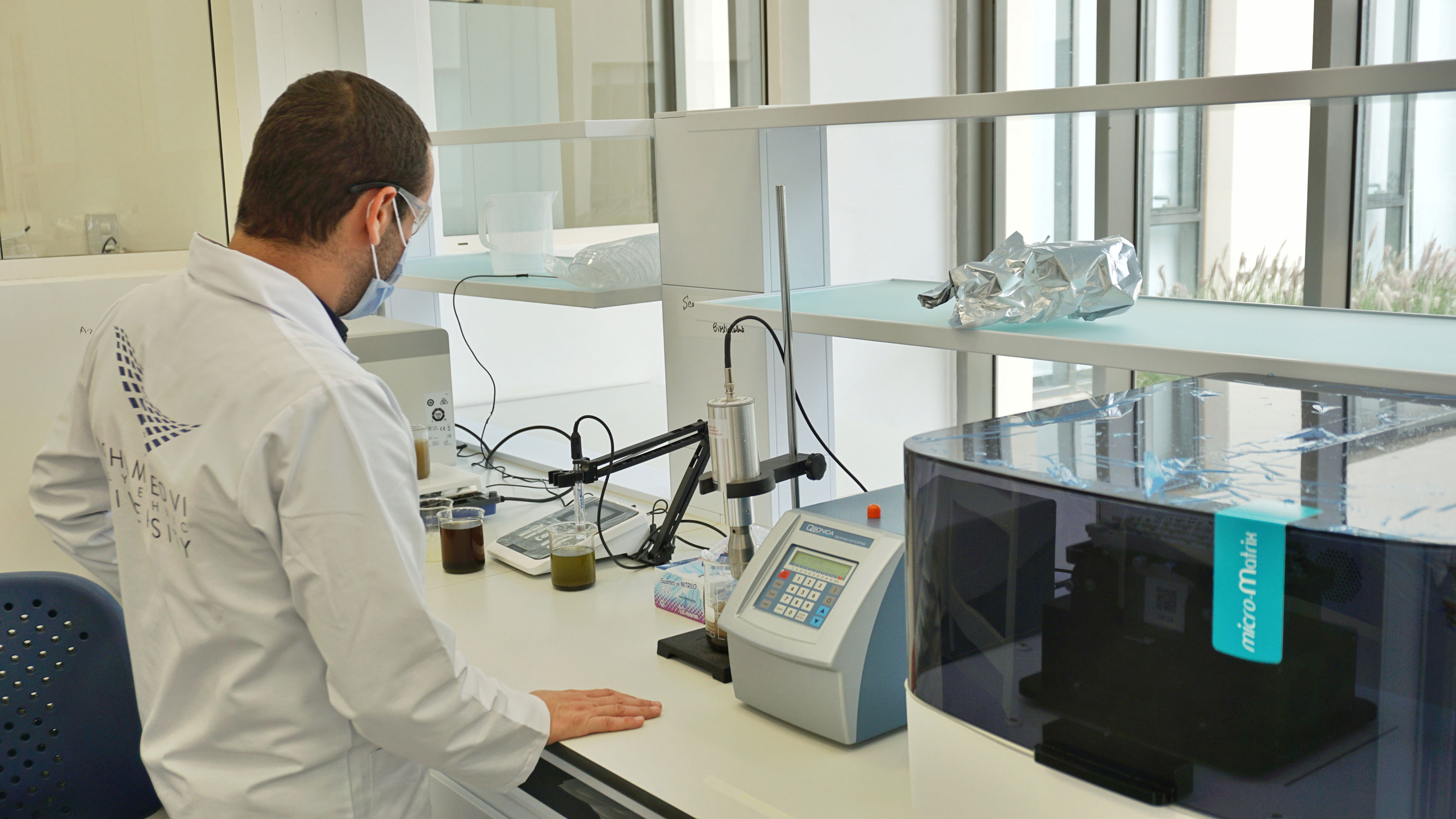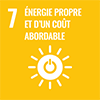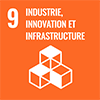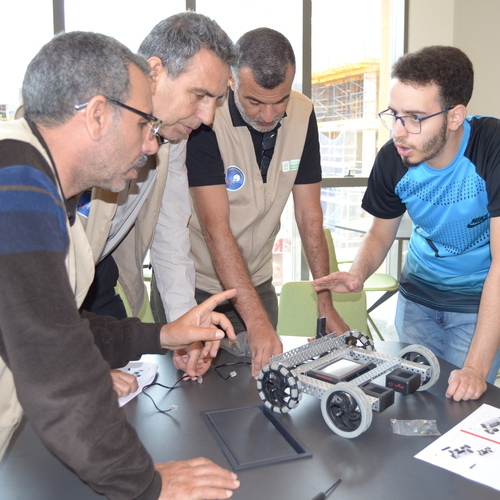ENERGY-EFFICIENT AIR CONDITIONING
COMBINED COOLING BY ASSISTED EVAPORATIVE

Geared towards energy optimization and air conditioning technology, this project launched by ASARI, and supported by the Phosboucraa Foundation, aims to design an innovative and energy-efficient air conditioning system. By relying on an approach based on combined cooling by assisted evaporation, this project paves the way for eco-friendly air conditioning, while contributing to the reduction of energy consumption.
In response to the growing needs for air conditioning in the Southern Regions of Morocco, ASARI, and thanks to the contribution of the Phosboucraa Foundation, has ensured the development of an innovative cooling system that minimizes energy consumption. This project fits perfectly into a sustainable development perspective by reducing the carbon footprint and preserving natural resources.
Thanks to an approach based on combined cooling by assisted evaporation, this revolutionary air conditioning system will contribute to the preservation of the environment while providing optimal thermal comfort to users. The first promising results demonstrate the significant reduction in energy consumption and CO2 emissions, as well as the improvement in energy efficiency.



Approach combining scientific research and simulations
To carry out this innovative project, an in-depth study of the processes and materials used in evaporative cooling systems was first carried out. This analysis enabled to identify best practices and optimize the design of equipment adapted to this energy-saving technology. Advanced simulations were carried out to validate the effectiveness of the system and enable its continuous improvement. The development of a prototype at ASARI is underway, demonstrating the efforts made by Phosboucraa Foundation to encourage the realization of this technological innovation.
Impact on environment and local communities
By reducing energy consumption, this project will ultimately contribute to reducing greenhouse gas emissions and preserving natural resources. The positive environmental impact includes a significant reduction in electricity consumption, a reduction in CO2 emissions and a notable improvement in energy efficiency. At the same time, this air conditioning system will create a comfortable and healthy indoor environment for users, promoting their well-being and productivity. This project thus contributes to improving the quality of life of local communities through sustainable and innovative energy solutions.
By reducing energy consumption and CO2 emissions, this project supports
SDG 7 (Affordable and clean energy). Additionally, by improving energy efficiency, it contributes to SDG 9 (Industry, Innovation and Infrastructure) by promoting the adoption of sustainable technologies. Finally, by creating a comfortable and healthy indoor environment, it can have a positive impact on health and well-being of users, thereby contributing to SDG 3 (Good health and well-being).


